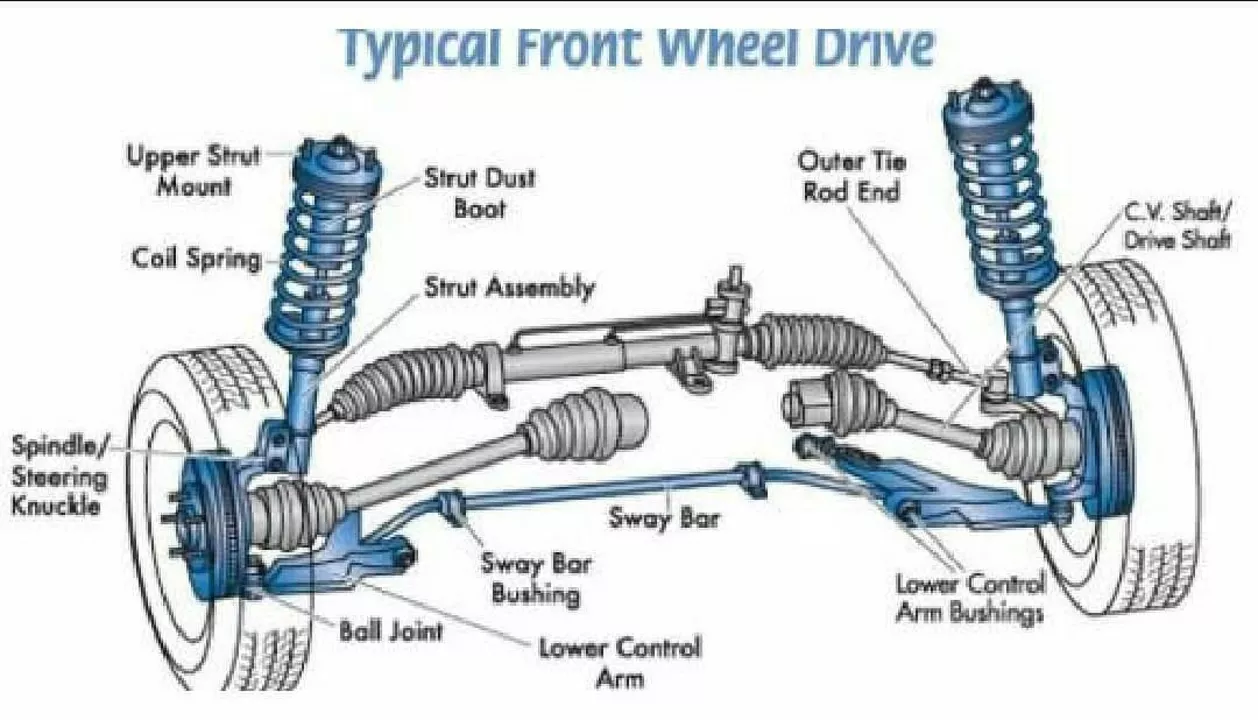Suspension Basics: What Every Driver Should Know
If you love a smooth ride or want your car to hug the road, the suspension is the first thing to look at. It’s the system that keeps your wheels glued to the pavement, absorbs bumps, and makes steering feel natural. Most drivers never think about it until it starts squeaking, the car leans too much, or the ride feels harsh. This guide breaks down the core ideas, tells you when to act, and shows easy upgrades you can do yourself.
When to Replace or Repair Your Suspension
Spotting a problem early saves money and keeps the car safe. Here are the tell‑tale signs:
- Noise: Clunking or rattling when you go over a pothole usually means a worn sway bar link or a broken bush.
- Uneven Tire Wear: If the inside or outside edge of a tire wears faster, the alignment or a coil spring might be off.
- Leaning: The car leans excessively during cornering – the shocks or struts could be losing damping force.
- Bottoming Out: Hitting the chassis on big bumps shows the springs have lost their bounce.
When any of these show up, inspect the shocks, struts, springs, and mounts. A quick visual check can reveal leaks in shock absorbers or broken springs. If you’re unsure, a short visit to a local shop can confirm the issue.
DIY Suspension Upgrades That Make a Difference
You don’t need a garage full of tools to improve handling. Below are three upgrades anyone can tackle with basic hand tools.
- Replace Stock Shocks with Performance Shocks: Performance shocks offer better damping, reducing body roll and improving stability. Remove the old shock, line up the mounting bolts, and tighten to the manufacturer’s torque specs.
- Install Up‑graded Bushings: Polyurethane bushings are stiffer than rubber, giving sharper feedback. Swap them in the control arms and sway bar links for a more direct feel.
- Add a Front Strut Tower Brace: This brace ties the two strut towers together, cutting chassis flex. It’s a bolt‑on part that fits between the towers and grounds to the frame.
After each upgrade, do a short test drive on a safe road. Listen for any new noises and feel for improved cornering. If something feels off, double‑check bolt tightness and reinstall the old part if needed.
Regular maintenance keeps the system healthy. Check the shock fluid (if it’s a hydraulic shock) for discoloration, and lubricate any moving joints with the right grease. Also, keep the suspension clean – road salt can cause corrosion on mounts.
In short, a good suspension makes daily driving comfortable and boosts performance when you push the car. By watching for early warning signs, doing simple upgrades, and keeping things clean, you’ll get a ride that feels both relaxed and responsive. Ready to feel the difference? Grab a wrench, follow these steps, and enjoy a smoother, sportier drive.
Is it bad to cut springs to a lower car?
As a car enthusiast, I've been asked many times - is it bad to cut springs to lower a car? To sum it up, yes, it can be harmful to your vehicle. Cutting springs can lead to a harsher ride, compromised handling, and increased tire wear. Furthermore, it may cause safety issues and decrease the overall lifespan of your car's suspension components. So, if you're considering lowering your car, I highly recommend looking into professional lowering kits or coilovers for a safer and more reliable solution.
